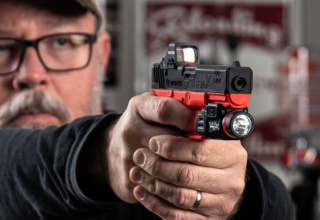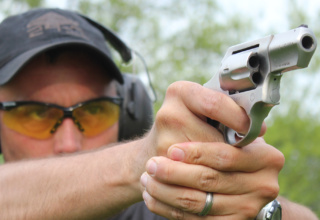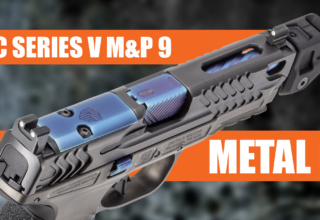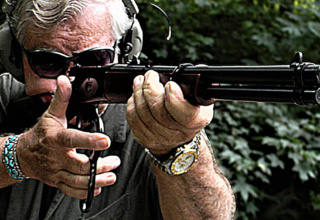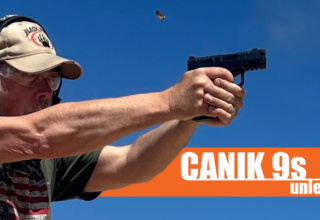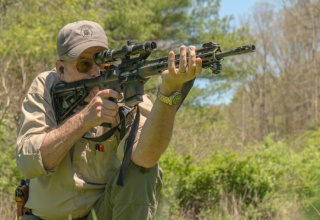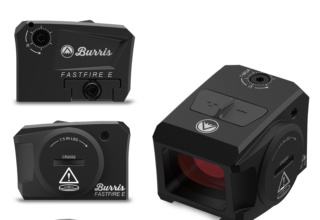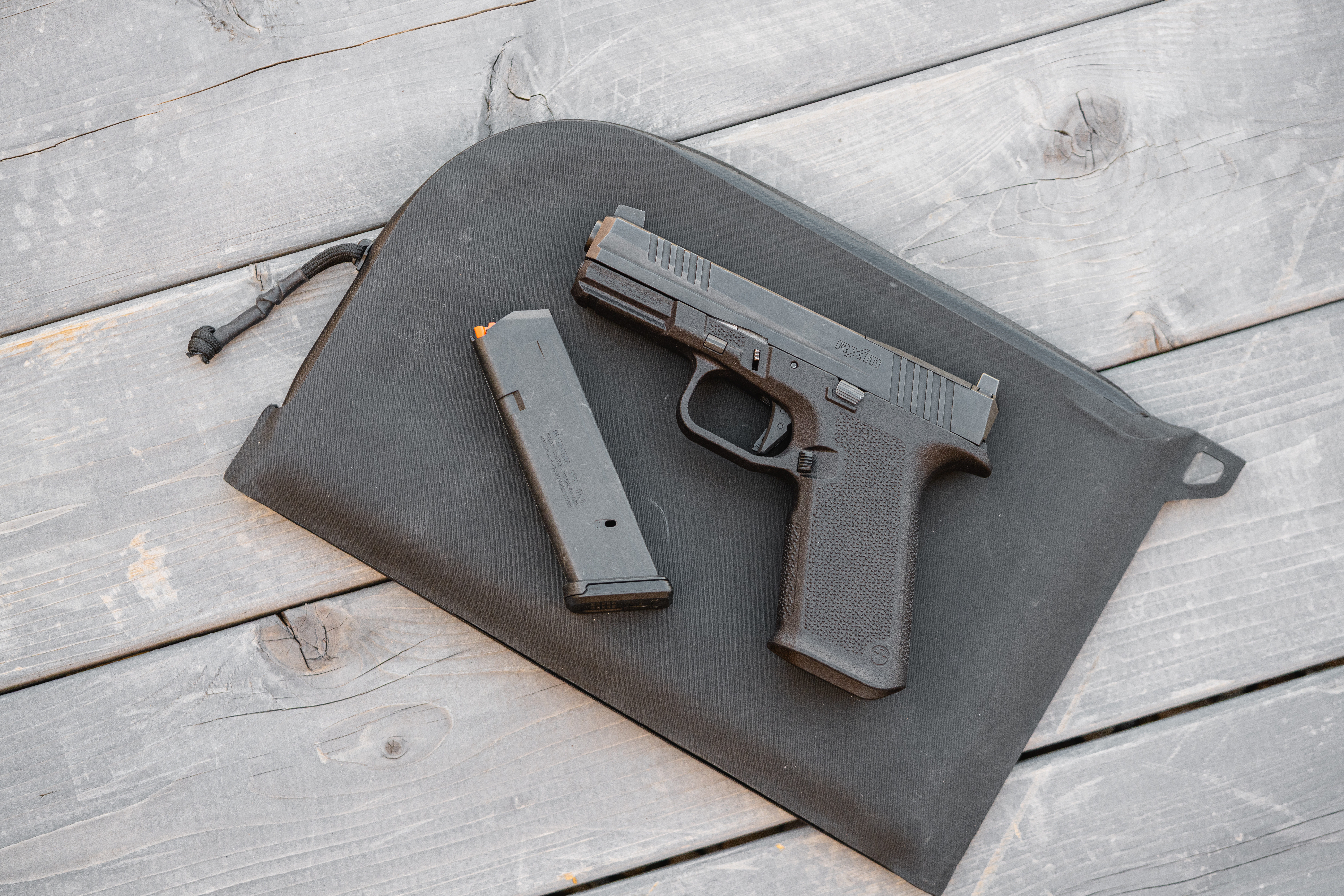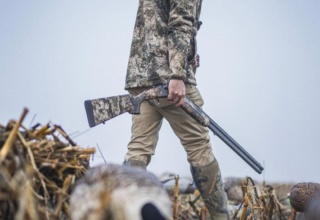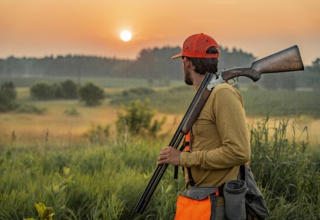Whether you are a first-time defensive handgun owner or a “casual” concealed carry practitioner, you must learn key skill sets to ensure your personal safety. Here’s what you need to think about.
by Bob Campbell
I have studied defensive pistol craft for decades. Among the most valuable resources have been classes provided by instructors who have survived armed conflict. I’ve also engaged in institutional training. Along the way, I became a state- and NRA-certified instructor, teaching civilians, military, and police students.
The truth is few folks operating on their own time and on their own dime have a practice program that is appropriate for personal defense. Practicing for competition or long-range shooting is fine and learning a specific skill for its own sake is to be respected. But few shooters have time enough to learn the basics, much less the advanced skills. To be competent and proficient in basic defensive pistol craft, we must narrow our focus and concentrate first on life-saving skills. That means understanding what those skills are and how to apply them.
Safety First
I have had students who absolutely scared me — some so badly that they were ejected from the class (they must have slept through the classroom presentation). And it isn’t just beginners who commit safety errors. I once observed a peace officer slam a magazine home and drop the slide on his handgun as he stood behind another officer with the muzzle pointed into the officer’s back! A lack of safety can never be tolerated. When combining speed with firing, safety is even more important because you are drawing from concealed carry and practicing to hit a threat.
Building the Fundamentals
Training must have a clear focus. The basic tenets of marksmanship have sufficed to train myself and many thousands of successful shooters. Each of the fundamentals must be accompanied by constant practice and repetition. A repetition of 500 fumble-free executions, for example, is a good beginning. Learning these skills will enable a shooter to make use of good tactics. If you do not have the basics mastered, then you will not be able to properly use tactics.
The fundamentals of marksmanship are not mysterious. A firm grip that continues into follow-through, sight picture, sight alignment, and trigger press are important. But do you understand the basics of presentation from the holster? The presentation or, more simply, the draw is a complex motion that presents the handgun to the target. As the shooter draws the handgun, they bring the handgun on target and move into the firing stance.

As an example of the wrong moves, I recently watched a video from a training company. The shooter stood with his hand on the holstered handgun, moving the gun in the holster and adjusting his grip several times. When the whistle blew the shooter drew his pistol and emptied his gun into the target. This is such a poor drill it boggles the mind.
Beginning with the hands above the belt line, drawing the handgun and getting a single, well-placed hit on target is far more important. Personal defense isn’t “competition” and it isn’t facing four terrorists bursting into McDonalds. Furthermore, “hosing” the target is a particularly bad idea if, like me, you often carry a .357 Magnum revolver or Commander .45. These are excellent personal defense guns designed to do the business with a minimum of well-placed hits. With the 9mm, a double tap on target is fine but there is no reason to empty the gun into the target — threats don’t stand still and let you perforate them.
All skills are important. None are unimportant. If you are not a good shot, then practice until you are. If you think you are a good shot, continued application of training will increase your speed and accuracy. There is always room for improvement. If you document your performance, you will see your skills grow. Personal experience with students indicates that most individuals who practice will improve and then reach a plateau where they remain for a while and struggle to move above it. At this point, they may be very good at what they do, but there is room to do even better.

Let’s look at what we need to practice. Once you get the basics, you may move to advanced skills, such as moving targets and multiple targets. What you need to practice is the basics, as this is the foundation for everything you will learn.
If you have a boxing or martial arts background, then you are familiar with stance and how it anchors your body. If you are in a fist fight you will get hit; if you are in a knife fight you will be cut; if you are in a gunfight there is a good choice you will get shot. You need to be braced against impact, including that of the adversary’s body slamming into you. The platform for your arms and the handgun is important. The feet are planted and the weight of the body is forward. The stance may be standing firing from behind a barricade or even prone, but it must be solid.
The hardest grip you can apply is needed to control the handgun. This ensures the weapon will properly cycle and your shots will be accurate. Keep the thumbs forward and maintain a high grip on the grip tang. As you fire, practice good sight alignment. This means the front sight is centered in the rear notch. The sight picture is applying the sights to the target with the front post on the spot on the target you wish to strike.

The single most difficult skill is trigger control. Poor control comes from excess nervousness and poor application. Press the trigger straight to the rear without disturbing the sights. It is that simple and thousands of good shooters perform this skill perfectly every day. Slow down the press when engaging at greater distances. The greater the distance the sharper the sight picture must be and the smoother the trigger press. Dry fire practicing with a triple-checked unloaded firearm is valuable in mastering the trigger press.
Mastering the Presentation
When you begin the draw, safety is of the utmost importance. The trigger finger does not contact the trigger until you are ready to fire — not when you think you may fire but when you are ready to fire. Maintaining the trigger finger out of register on the frame or beside the trigger doesn’t slow down an accurate first shot. It is reasonable to begin practice with a ‘range holster’ that allows a sharp draw, and you should begin without the impediment of covering garments.
Don’t choose a cheap, floppy holster. Your progress will be poor and your practice worthless. The elbow shoots to the rear and the hand comes from below, scooping the handgun from the holster. The hands meet in the front of the belt buckle. The handgun is pushed toward the target as the sights are aligned on the target. The presentation leads to the stance and a hit on the target.
Once you have spent time focusing on the presentation, every range session should begin with a holstered handgun. A poor choice is to draw and empty the magazine into the target. This teaches little. Time and ammunition are wasted. Draw, hit the target, double tap sometimes, but don’t “hose” the target. Fire controlled pairs. Practice getting hits. The important shot is the shot that you are taking.

While we generally aim for the arterial region or center mass, there are alternative aiming points that should be practiced. The abdominal shot is one. If heavy support bones are hit, the adversary isn’t going to stand or walk, limiting the danger to you. It is also important to learn to move to cover — getting off the X and firing effectively from cover. While moving and drawing the handgun may conflict with one another, you should be flexible. Sometimes moving and then drawing from behind cover is best. Other times, drawing and firing on the move — an advanced drill — are important.
Performance Standard
You must have a standard to judge progress. A shooter who can draw from concealed carry and get a center hit in 1.5 seconds at ten yards is meeting a reasonable standard for personal defense. A second shot delivered with accuracy is a good drill and one that may be needed in a critical incident. You should be able to execute this drill on time, every time, and under pressure. The shots should hit the X ring. Practice this drill five times. The five shots should be in a five-inch group — six inches if you fire five double taps for ten rounds total. If you are over this standard, then you are firing too quickly for your skill level and need to slow down. If you are grouping all your shots into three inches or less, you are firing too slow and you are capable of better speed.

The statistical chances of attack are small, but the possibilities are endless. That is why we practice addressing both single and multiple threats. The ability to draw quickly and transverse from one target (threat) to the other and get solid hits under stress is important. This drill builds skills that may be needed to address a single threat, a moving threat, or multiple threats.
Personal skill is important but there are also equipment upgrades that make for better performance. I cannot imagine, for instance, a 24-hour defensive handgun without illuminated iron sights.

I recently upgraded my GLOCK 19 with TRUGLO TFX Pro sights. These sights combine light-gathering fiber-optics with tritium vials, providing clear sight alignment in everything from bright sunlight to dark. The TFX Pro rear sight is also angled so you can manipulate the slide one-handed against a hard object, belt, or boot heel. While fiber optic sights have not earned a reputation for ruggedness, the TFX Pro is an exception because the sight housing design protects the fiber-optics and tritium vials from damage.
Often, superior gear coupled with frequent practice produces exceptional results.
Moving Forward
Drills for advanced shooters include firing from retention positions, which may be vital, and speed loading, which isn’t needed often. Speed loading, however, should be practiced because it helps build familiarity with the pistol’s controls.
A common problem with beginner students is a lack of complete familiarity with the handgun. It is a good idea to begin speed loading into your range drills.

The basics must be mastered before moving to advanced drills. Master the basics and you are on your way to proficiency at arms. Firing for a center hit, making each hit count, getting off the X, and learning to fire double taps are among the fundamentals you need to master before transitioning to more advanced drills.
Editor’s Note: We’ve put some long-overdue attention on Fiocchi ammunition the last several months, and have been impressed with their price-to-performance ratio and their diverse offerings for defensive and training handguns. They are also on the cusp of launching a new series of defensive ammunition that will fall under the new Fiocchi Blue Guardian brand. This ammo will include sintered bullets for reduced ricochet in enclosed, urban environments, as well as all-copper bullets. For a quick look at Fiocchi’s handgun ammo, check out our overview article.



